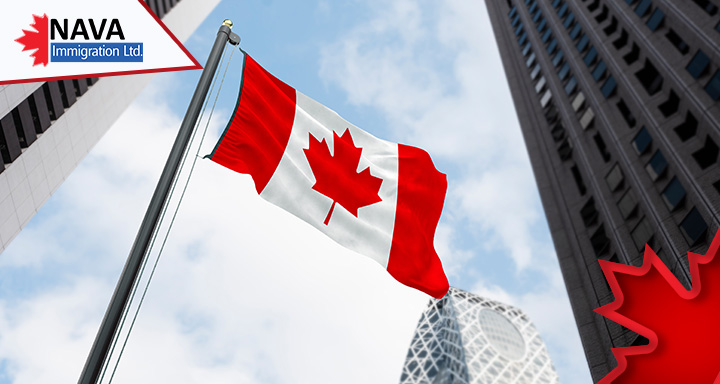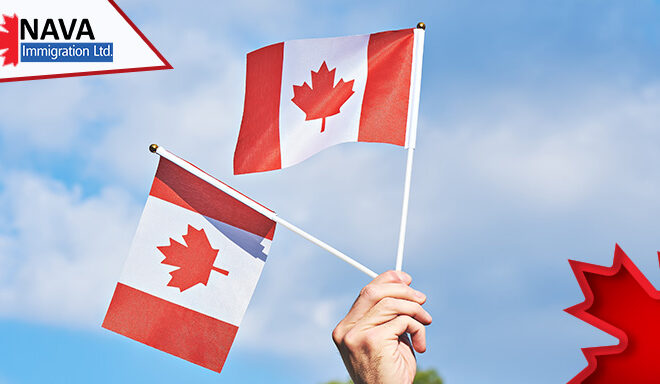Why Quebec’s graduates & workers must consider other pathways?
Why Quebec’s Graduates & Workers must consider other pathways? Well, temporary residents presently living in the province of Quebec might wish to consider Canadian provincial pathways to permanent residence, given the recent pause in the Regular Skilled Worker Program and PEQ-Diplome streams.
In addition to the federal immigration options, these individuals might also benefit from considering Provincial Nominee Programs from other provinces and territories in Canada.
There are no guarantees in Canadian economic immigration. However, obtaining a provincial nomination is a reliable route to applying for permanent residence to the Canadian federal government.
If you want to reside in a province or territory other than Quebec, it’s worth considering PNP streams for those regions.
For instance, you can take the following steps:
- Decide which province/ territory you would like to live in.
- Determine which PNP streams you are eligible for.
- Follow the consideration processes for your chosen streams.
- If successful, apply for provincial nomination.
- After receiving the provincial nomination, wait to obtain an invitation to apply (ITA).
- Apply to the Canadian federal government for permanent residence (PR).
Why Consider Provincial Nominee Programs?
PNPs offer a route to permanent residence for applicants who might not be able to obtain an invitation to apply:
- Applicants with low CRS scores who do not qualify for category-based draws.
- Applicants who do not qualify for an Express Entry program (for instance, because of a National Occupational Classification (NOC) Training, Education, Experience and Responsibilities (TEER) 4 or 5 occupation).
For these applicants, PNPs generally offer the best chance of obtaining Canadian PR through an economic immigration pathway.
How Do You Choose A PNP Stream?
Before we discuss why Quebec’s Graduates & Workers must consider other pathways, let’s discuss how to choose a PNP stream.
There are around 60 PNP streams. Begin by deciding on which provinces or territories you would like to settle in. Further, look at which streams for the territory or province you qualify for.
All PNPs require that you showcase an intent to reside in the province or territory that nominates you.
What Factors Determine Eligibility For PNP Streams?
The majority of PNP streams often target immigration applicants with specific ties to the province or territory in question. Some examples of these ties could be:
| Type Of Tie | Sample Questions To Assess Tie |
| Residence | Does the candidate have, or has the candidate previously had a residence in the province or territory in question? |
| Family Members | Does the candidate have family members who are Canadian citizens or permanent residents who are in the province? How are those family members settled in the province? |
| Educations | Has the candidate previously completed education at a post-secondary institution in the province? What level of education? |
| Job Offer/ Arranged Employment | Does the candidate have a job offer, or are they currently employed in the province? What is their current position (and NOC code)? What is their current compensation? |
| Work Experience | Has the candidate completed eligible full-time work (or equivalent part-time work) in the province? How long have they been working there? |
| Professional Licensing | Certain professions in Canada require professional licensing, either at the provincial or the federal level, to legally be practiced. Does the candidate have the relevant provincial and/or federal licensing to practice their profession in the province? If so, how long have they held this license? What work has already been done by the candidate in this capacity? |
| Time Spend Living In The Province | Has the candidate lived in the province prior to applying through an immigration stream? How long have they lived here for? What activities have they undertaken while living in the province? |
| Employer Support (If Required) | Some PNP streams (for example ones for candidates with a job offer in the province), may require candidates to receive support from their employer. This can range from letters of support and confirming employment, to application fees that an employer must pay. |
In addition to ties to the province, PNP programs might also assess immigration applicants based on a range of human capital factors. These factors include:
- Age
- Work Experience
- Education
- Settlement Funds
- Income
- Language Proficiency
- Job Offer
Some PNPs rank applicants using their own unique scoring criteria and either require a minimum score to qualify and/ or will extend invitations to applicants based on their scores.
Which PNP Stream Is The Best?
Why Quebec’s Graduates & Workers must consider other pathways? Well, there are two kinds of PNP streams which can be quite beneficial:
- Base PNP Streams
- Enhanced PNP Streams
| PNP Stream Type | Description | Best For | Historical Processing Time |
| Base | Does not integrate with Express Entry | Applicants who do not qualify for Express Entry | 12 Months |
| Enhanced | Integrates with Express Entry | Applicants who qualify for Express Entry | 6 Months |
For base PNP streams, if you are successful in obtaining a provincial nomination, IRCC will extend you an invitation to apply, upon which you would apply to the federal government for permanent residency.
For enhanced PNP streams, if you are successful in obtaining a provincial nomination, you will score a maximum of 600 additional CRS points in your Express Entry profile, greatly boosting your ranking in the applicant pool. You will then likely obtain an ITA through Express Entry the next time IRCC conducts a draw for which you are eligible.
As shown in the table above, for an enhanced PNP stream, you would generally have to take the enhanced route. You would benefit from a faster processing time after responding to your ITA with an application for PR.
There are a number of reasons why an enhanced route might not be available to you:
- The particular PNP stream might not have an enhanced option.
- You might not qualify for Express Entry on account of one or more of the following:
- You have a NOC TEER 4 or 5 occupation.
- You lack the one year of Canadian skilled work experience necessary to qualify for the Canadian Experience Class.
- And lastly, you lack the settlement funds or the work authorization plus a valid job offer needed to qualify for the Federal Skilled Worker Program or the Federal Skilled Trades Program.
How To Get Considered For PNPs?
The consideration process will vary depending on the stream. Like eligibility requirements, PNP stream applications can take on different forms. The consideration process for PNP streams can be either passive or active.
- Active Consideration Process
Streams with an active consideration process require you to take some positive action to be considered. For instance, many active PNP streams require you to create an online profile on the PNP website, submit an Expression of Interest, and/ or email the PNP.
The province will further review your EOI. Once you are successful, you will have to submit a full application to the PNP.
- Passive Consideration Process
Some enhanced PNP streams involve a passive consideration process. For these streams, so long as you have an up-to-date Express Entry profile, the province will consider you for nomination.
If you are eligible for a passive PNP stream, you might receive an invitation from the PNP through the Express Entry system or an email. You would then have a certain time period to respond to the PNP’s invitation.
How Long Does It Take To Process PR Applications Via PNPs?
Before knowing why Quebec’s Graduates & Workers must consider other pathways, we must first discuss how long it takes to process PR applications via PNPs.
Obtaining permanent residents through the PNP program requires three steps:
- Obtaining provincial nomination
- Receive ITA from IRCC
- Apply to IRCC for PR
The time duration from start to finish will be the sum of:
- How long it takes for you to obtain a provincial nomination
- How long it takes for IRCC to extend you the ITA
- How long it takes for you to respond to the ITA
- How long it takes IRCC to process your PR application
Generally, obtaining PR through PNP will take longer on account of the time required for the province to consider your candidacy and issue you a nomination.
Processing times vary and are unpredictable. However, it’s not unreasonable to expect several months to a year to receive your provincial nomination. This is followed by several months to a year for IRCC to process your PR application.
Moreover, you might expect the entire process from start to finish to take 12-30 months.
Also, applicants in these programs can refer to processing times and standards on the IRCC main website and the relevant provincial immigration website to get a better idea of wait times.
A Note On Intent To Reside
Also, to be eligible for any PNP stream, you must demonstrate an intent to reside in that province or territory.
If you are successful in obtaining PR through a provincial nomination, you will be expected to settle in the province or territory that nominated you.
Why Do PNPs Exist?
Every province in Canada runs its provincial immigration streams, under which they can nominate applicants for permanent residency.
Immigration is under the authority of the Canadian federal government. However, the federal government has provided the provinces with the opportunity to create PNP programs so that provinces can use immigration to further their economic, labor market, and cultural goals.
Also, the PNP program does not allow provinces and territories to grant permanent residency. Rather, they nominate applicants, upon which IRCC invites them to apply for PR. IRCC makes the final decision on all PR applications.
If you seek information on how to begin your Canada immigration application process, you can talk to our NavaImmigration experts at 1800-918-8490. You can also drop us an email at [email protected].





